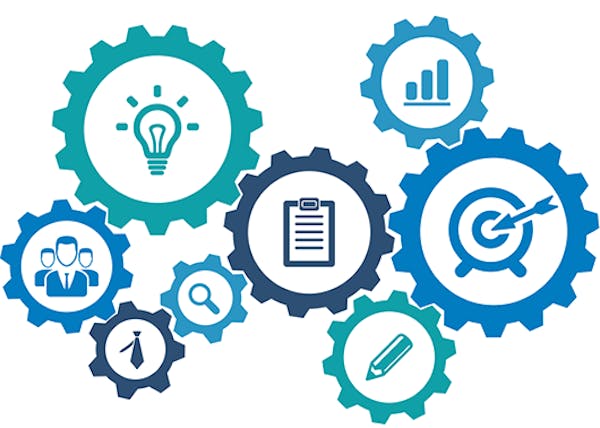Business Process Flows with a personal touch
Ana DemenyBusiness Process Flows(BPF) provide a visual indication of what’s going on in the system, how many actions have you done already and what you still have to do in order to finish a particular thing.
They started being a thing with Dynamics CRM 2013. These processes help you, or help guide users through the necessary steps to complete an entire business process successfully.
BPFs have evolved with each version of Dynamics, becoming very useful mechanisms to guide almost any sort of scenario.
Dynamics 365 comes with a collection of BPFs, the Sales Process being one of them. You’ll see that the out of the box BPFs are very simple and not many companies could just use them as they are.
Fortunately, you can customize existing Business Process Flows or create new ones. When customizing this or anything else, for that matter, always use solutions. Solutions are the Dynamics 365 way of packaging stuff. Doing things to the default system is a big no no. That applies to everyone, even to trigger happy sales people!
Business Process Flows have changed a lot across versions. There is a very good guide on how to customize them by CRM Tip of the Day:
Now a few fun facts from my experience:
-
You can add as many Stages as you want, but if you have too many, you’ll get a scroll bar and won’t be able to see the whole process.
-
You can add 12 visible fields to a stage. Any more than that, and you get the scroll bar.
-
It’s pretty cool to add the same field in one of the stages as well as on the form (steps are just fields after all). When you fill in the info in the process, it appears on the form as well and makes for a nice customer experience.
-
If you want a field to become mandatory at some point, but not from the beginning, it’s a good idea to just add it as mandatory in a particular stage. For example, you do flower arrangements but you want to have a manager approval once a customer has set their wedding date. You might not have the wedding date when you Qualify the Lead into an Opportunity, but you will have it, later on, when you Develop the Opportunity further.
-
Business Process Flows can be multi entity. This means that you go from one entity to the other, in a seamless fashion, all your important info gets carried across. Happy Days! Only it is not as easy as it sounds. When we have a multi entity process, we have to have a process for each entity. Have a look at the Sales Process. We have the Lead to Opportunity Sales Process (this has the stages for Lead and for Opportunity and it is registered against the Lead)
And we have the Opportunity Sales Process (this has the Opportunity stages and is registered against the Opportunity)
The more entities you have, the more processes you have. The common areas have to be the same for all processes (such as the Opportunity stages in our case). BPF stages can be copied but only within the same process, so you can’t copy the stages from the first process onto the other.
Beware of this when estimating a ‘simple’ change!
-
Business Process Flows can be branched. As you’ve seen in the video above, you can add a condition and based on that, you create a separate branch. You cannot do that from the first stage. Let’s say you have a Class A customer, for whom you have a lighter approval process, because they always buy flower arrangements from you. In order to apply this easier Business Process Flow, you need at least a stage that has a flag, based on which you can then create your condition and branch out your process. I’ve tried branching, or selecting a new BPF for a certain category but was unsuccessful. If you manage to branch the BPF from the first stage, please tell me how you did it. I’m paying in chocolate cake!
-
Entities can have many BPFs, they can be role based, which means you can only see a BPF if you have the right security role. Things I bumped into with this: a. You can only have a limited number of BPFs per entity, the intermediate process stages also count! b. Dynamics 365 have added BPF entities and now the security roles applies to them. In upgrade projects, you’ll need to re set the security roles for each process. On the bright side, you can report on these entities, so the functionality can be very valuable.
